Recipes – № 6
Chicken Broth
Broth made on the premises is a big reason why (real) restaurant food often tastes better than what's cooked in most homes. Broth, or "stock" if made primarily from bones, is an essential building block in countless dishes because it rounds out the flavors and provides additional depth to existing ingredients. Depending on the dish, chefs use vegetable broth, beef broth, fish broth or any number of broths, but the most commonly used broth is made from chicken because it's incredibly versatile. When added to non-chicken dishes, the chicken in the broth takes a backseat and becomes the invisible helper that lets the other flavors in your dish shine. Vegetable soup, butter-poached lobster, braised short ribs, turkey gravy or lamb stew are all excellent made with chicken broth.
You can buy shelf-stable chicken broth in stores but in terms of flavor it pales in comparison to what you can make from scratch. Store broth also almost always contains sugar and various additives and it kills me to add these processed food ingredients when I’m going through the trouble of preparing a home-cooked meal. Some livestock farmers at farmers markets sell frozen broth. Made from sustainably raised meat und free of additives, this is a big step up from store-bought. However, I prefer a more full-flavored broth that includes some aromatic vegetables, herbs and garlic, and for that I have to make my own.
Broth is best made in large batches with most of it destined for the freezer. Find your largest pot and scale this recipe to almost fill it up. I make broth in an obscenely large stockpot I bought in a restaurant supply shop on the Bowery. It’s so enormous that it pretty much covered all 4 burners on the stove in our old apartment. I use it to make 3 gallons of broth at a time, which is usually how much I manage to fit in the freezer. This approach is admittedly a bit extreme and I probably shouldn’t recommend it but you get the idea: you can never have enough broth!
I use Alice Waters’ recipe from my favorite cookbook The Art of Simple Food. It strikes the right balance between creating a full-flavored broth and avoiding anything so distinctive that it would overpower the dishes it’s used in. Here it goes:

Makes approximately 1.5 gallons of broth
1 whole chicken, 3.5 to 4 lbs. You can also collect less desirable chicken parts such as necks, backs, wings and bones in the freezer over time and then use those to make broth once you have enough (3.5 to 4 lbs).
1 yellow or red onion (or equivalent in other onion varieties), peeled and halved
1 carrot, peeled
1 celery stalk, chopped in half
1 head of garlic, cut in half horizontally. You could also use an equivalent amount of a less common form of garlic, such as 2 oz of crushed garlic seeds or crushed garlic bulbils or a few stems of green or wild garlic.
A few sprigs of parsley
A few sprigs of thyme
1 bay leaf
1/2 tsp black peppercorns
Equipment: Large pot holding at least 2.5 gallons, mesh skimmer.

Bring 1.5 gallons of water to a boil with the chicken. Use the mesh skimmer to skim off the frothy scum that builds on the surface in the first few minutes after the pot starts boiling. Once that process is complete, add all other ingredients. Be careful to add only a small amount of salt (or even none at all), since recipes will sometimes call for reducing the broth by evaporating much of the liquid. If you seasoned the broth to taste, it would result in a tragically over salted sauce. Cover and simmer over low heat for 4 to 5 hours, stirring (very) occasionally. As your pot quietly simmers, your home will slowly fill with the irresistible smell of homemade chicken broth and you will congratulate yourself on having crossed a major threshold as a cook.
When done, strain out the solids and carefully skim the fat off the surface with a ladle. Let cool and freeze in medium-sized (16 to 32 oz) containers. I use these, because they stack well in the fridge and are not made out of plastics (other than the lid), which invariably leak toxins into the food. (If you think I’m a paranoid crackpot, you might be right but you should listen to this recent radio segment on NYC’s public radio station before making a final judgement.)
Separate the meat from the rest of the solids and save for other uses, such as Marco Canora’s delicious chicken polpettone.

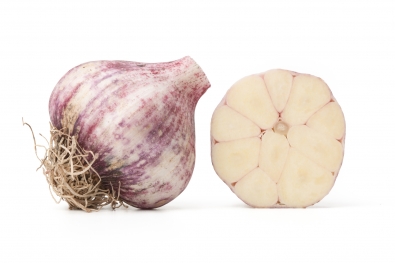
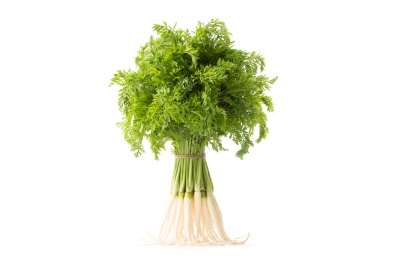
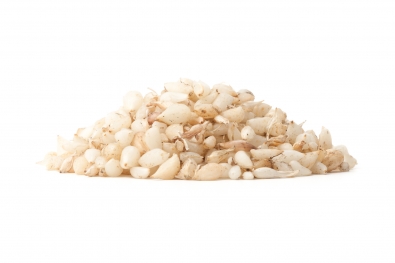
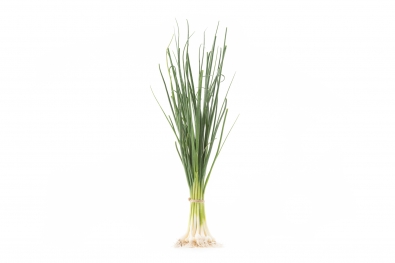

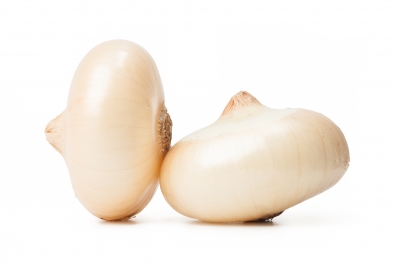
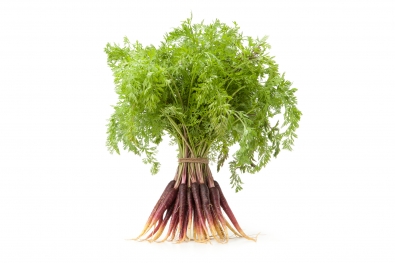
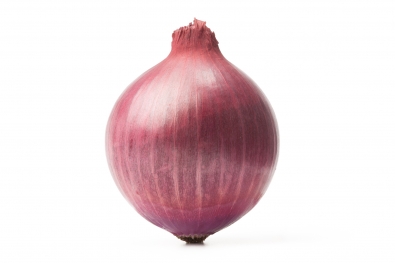
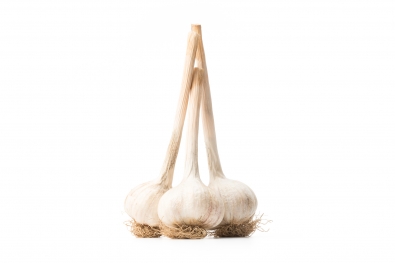
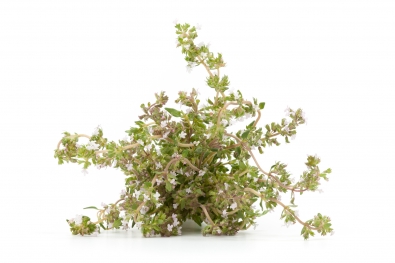
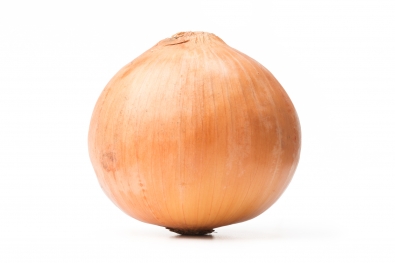
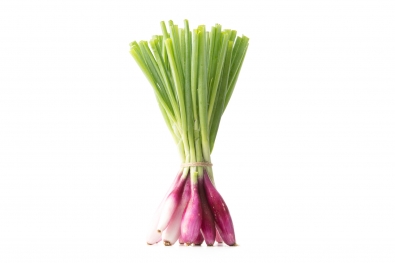
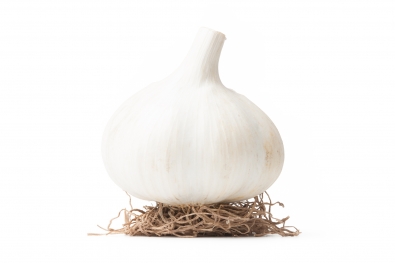
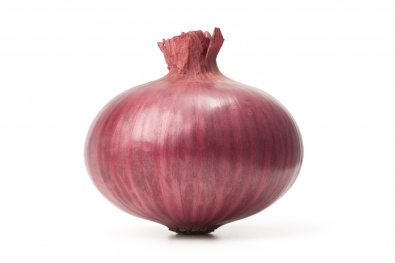
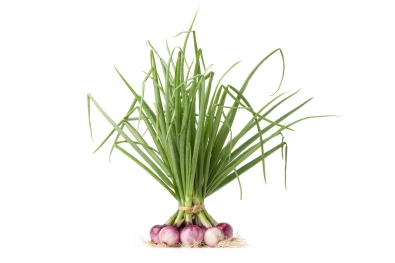

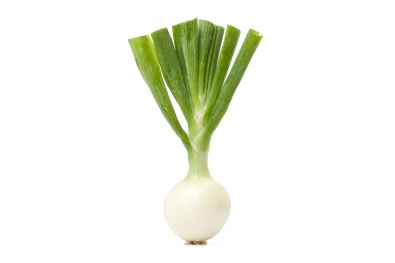
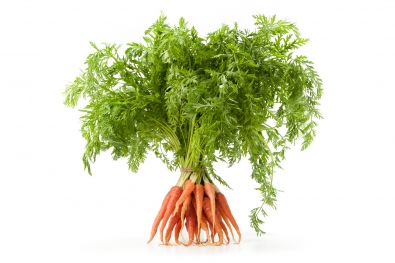
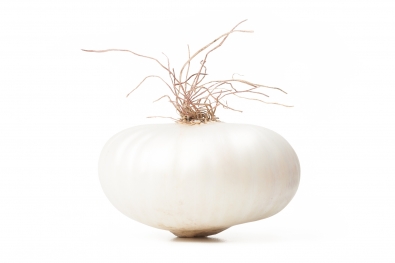
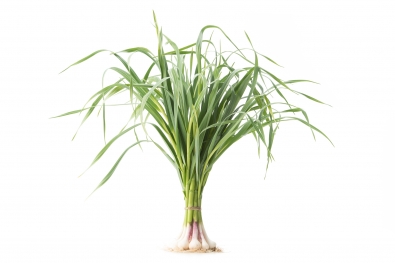
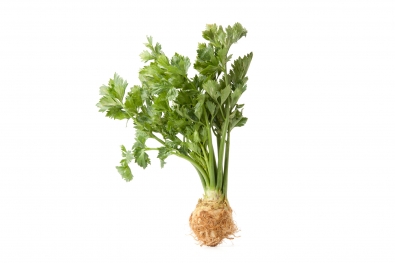

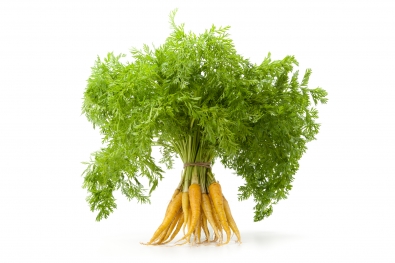
Add a comment